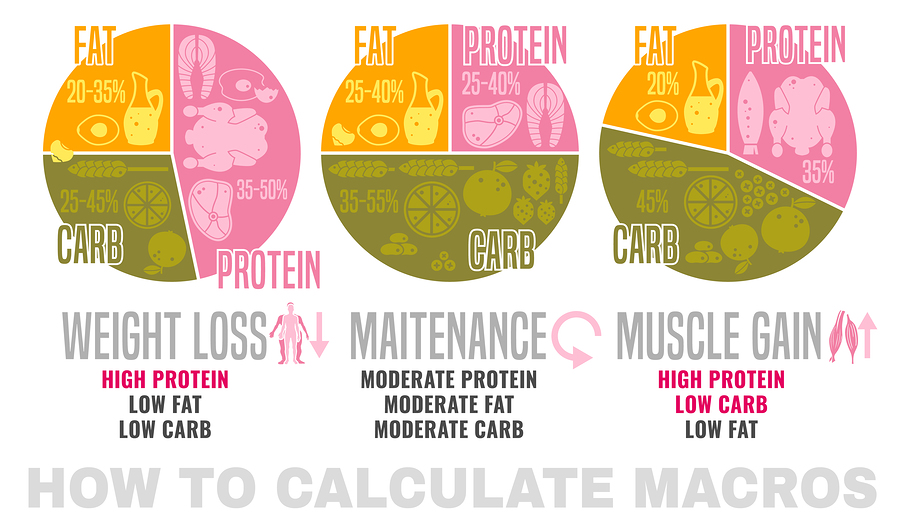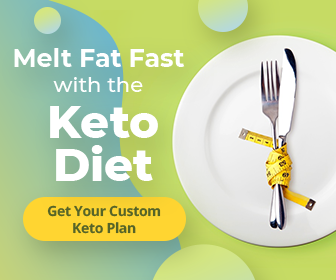Because the Keto diet requires specific dieting to reach a state of ketosis, you need to account for the macros you are putting into your body. Macros are essentially how many different types of nutrients you are putting into your body.

Macros include protein, carbohydrates, fats, and protein. Unfortunately, the more complicated your diet gets, the harder it can be to count your macros. We will discuss just what are keto macros and how to keep track of them.
What Are Keto Macros
There is no specific formula that you must follow when it comes to following the keto diet. The goal is to achieve and sustain a state of ketosis which is going to differ from one person to the next due to different activity levels and variance in body composition.
The most important macro you want to focus on when you are looking to integrate the keto diet into your life would be your carbohydrate intake. This is the most important because it can dictate whether or not your body reaches ketosis at all.
Typically, the average keto dieter is going to look to maintain a diet ranging from 5 to 10{2e3ffaa3fc65cc9ae41a7eef86687a867efa5624cc6180912e2e5cd6cbd3cd1f} carbohydrates. As much as 10 percent is usually sufficient at reaching a state of ketosis. From there, you will want to fill out the rest of your diet with good fat and protein.
You can be a lot more lenient on counting these macros because they aren’t going to be nearly as important to sustaining high ketone production. However, you do need to ensure that you are getting a good amount of healthy fats because fat intake can boost ketone production throughout your body. Therefore, you should aim to get anywhere from 60 to 70 percent fat in your diet with the remainder being protein.
Let’s say you are going to be following a Keto diet that restricts you to 1,800 calories every day. This is how you can do the math:
1. Carbohydrates
Assuming you are following the 10 percent rule, you would multiply the total calories of 1,800 with the 10 percent you are supposed to limit to carbohydrates. This would mean you would want to stick to eating a total of 180 calories from carbohydrates.
Because there are 4 calories per gram of carbohydrate, you will want to limit your daily carbohydrate macro intake to 45 grams. This is the most important macro to pay attention to on a daily basis because it will determine whether or not you are able to sustain ketosis which is the only way to experience the many benefits the keto diet has to offer.
2. Fat
Assuming you are following the same diet and you were looking to keep your fat intake to around 60 percent of your daily diet, you would multiply 1,800 calories with 60 percent to get 1,080. From there, you would take the total calories you are supposed to get from fat alone and divide it by the number of calories that are found in each gram of fat which happens to be 9. This means you should stick to consuming 120 grams of fat every day.
3. Protein
For protein, you would do the same thing and multiply 1,800 calories with the remaining 30 percent which equates to 540 calories. Then, you would divide the total number of calories you should be getting from protein by the number of calories each gram of protein equates to which is 4. Therefore, you should look to get 135 grams of protein in your diet on a daily basis.
As you can see, tracking your keto macros isn’t the easiest thing. However, if you keep your diet relatively simple, it can make it a lot easier. The most important macro to track is your carbohydrate intake. The other macros aren’t nearly as important to seeing success with your implementation of the keto diet.
